Hyperliquid is a DeFi perpetuals exchange built on its own Layer-1 blockchain. In July 2025, it achieved around $319-330 billion in trading volume, surpassing platforms like Robinhood in comparable monthly metrics.
Even more surprising: Hyperliquid’s core team consists of just 11 people. Here’s how they engineered this growth — and the challenges that lie ahead.
Key Features & Design Choices
1. Split-Chain Architecture
Hyperliquid uses a two-layer structure:
- HyperCore: Handles the on-chain order book, margining, liquidations, and clearing. Everything critical to trade execution is processed fully on-chain.
- HyperEVM: An EVM-compatible smart contract layer for building external applications, running on the same chain and sharing consensus/data availability with HyperCore.
- HyperBFT Consensus: A proof-of-stake protocol inspired by HotStuff, ensuring deterministic ordering without relying on off-chain order books.
This approach delivers speed similar to centralized exchanges (CEXs) while keeping custody and execution decentralized — a key differentiator in the DeFi landscape.
2. Low Latency & High Throughput
- Median trade latency is ~0.2 seconds, with the 99th percentile under 0.9 seconds.
- The network can theoretically handle 200,000 transactions per second, eliminating bottlenecks and supporting high-frequency trading.
These performance metrics have been a major factor in attracting institutional-level traders.
3. Incentive Mechanisms & Tokenomics
- HLP (Hyperliquidity Provider) Vault:
Anyone can deposit capital to participate in market making and liquidations, sharing both profit & loss and a portion of trading fees. - Fee Allocation:
Around 93% of protocol fees are directed to an “assistance fund” used for HYPE token buybacks and burns, reducing supply and creating upward price pressure. The remaining 7% flows to the HLP vault. - Perpetual Funding:
Funding is peer-to-peer with no protocol take, using capped, variable rates based on external oracles to ensure prices remain aligned with spot markets.
This creates a self-reinforcing cycle: more trading → more fees → stronger token demand → more liquidity.
4. Lean Team & Self-Funding
With just 11 employees, Hyperliquid operates more like a tech startup than a typical crypto exchange.
- Hiring remains highly selective to maintain agility and culture.
- The project is self-funded, avoiding the misaligned incentives that can come with venture capital.
This lean model minimizes overhead and accelerates decision-making.
5. Distribution & Ecosystem Growth
- A large HYPE token airdrop rewarded early adopters, ensuring strong user alignment.
- Integration with Phantom Wallet significantly improved onboarding and boosted volumes.
- The launch of HyperEVM in February 2025 opened the door for third-party developers to build around the core protocol, fostering ecosystem growth.
Performance & Market Position
In July 2025, Hyperliquid recorded $319 billion in perpetuals trading volume, with total activity around $330.8 billion.
For comparison:
- Robinhood processed about $209.1 billion in equities trading,
- $16.8 billion in crypto trading,
- Plus $11.9 billion via Bitstamp, totaling $237.8 billion.
This marks the third consecutive month where Hyperliquid outperformed major TradFi/crypto hybrid players.
Risks & Challenges
While the growth is impressive, several areas warrant caution:
- Validator Transparency & Decentralization
Questions remain about how decentralized the validator set is. Hyperliquid has pledged to open-source its code and expand validator participation over time. - Concentration Risk
With an estimated 75–80% market share in DeFi perpetuals, a major disruption or regulatory issue could ripple across the entire sector. - Operational Incidents
On July 29, a 37-minute API outage disrupted trades. The team reimbursed $1.99 million the next day, but such events could undermine trust if repeated. - Governance Risks
Management of the HLP vault and buyback funds will become increasingly complex as volumes grow. - Oracle Dependence
Since perpetual pricing depends on accurate spot market data, oracle manipulation remains a potential threat — though safeguards are in place, such as blocking orders that deviate more than 1% from oracle prices.
Why Hyperliquid Succeeded Where Others Stumbled
Hyperliquid’s success is the result of three core factors:
- Technical excellence: Fully on-chain order books with near-CEX performance.
- Aligned incentives: Traders, liquidity providers, and token holders all benefit from volume growth.
- Strategic distribution: Smart token airdrops and wallet integrations reduced onboarding friction.
Combined with its lean, independent team, these factors have created a highly scalable, resilient platform.
Outlook
Hyperliquid’s rapid rise challenges the assumption that centralized exchanges must dominate derivatives trading.
As volumes grow, expect:
- Increased regulatory scrutiny, especially around validator decentralization.
- Competing protocols attempting to replicate its split-chain model.
- Stress tests during bear markets or extreme volatility to reveal whether the model holds up long-term.
Conclusion
Hyperliquid demonstrates what’s possible when cutting-edge technology, aligned incentives, and lean operations come together. With just 11 employees, the exchange has achieved volumes surpassing some of the biggest names in finance — while staying fully on-chain.
The coming year will determine whether Hyperliquid can maintain this growth and truly redefine the landscape of decentralized trading.




